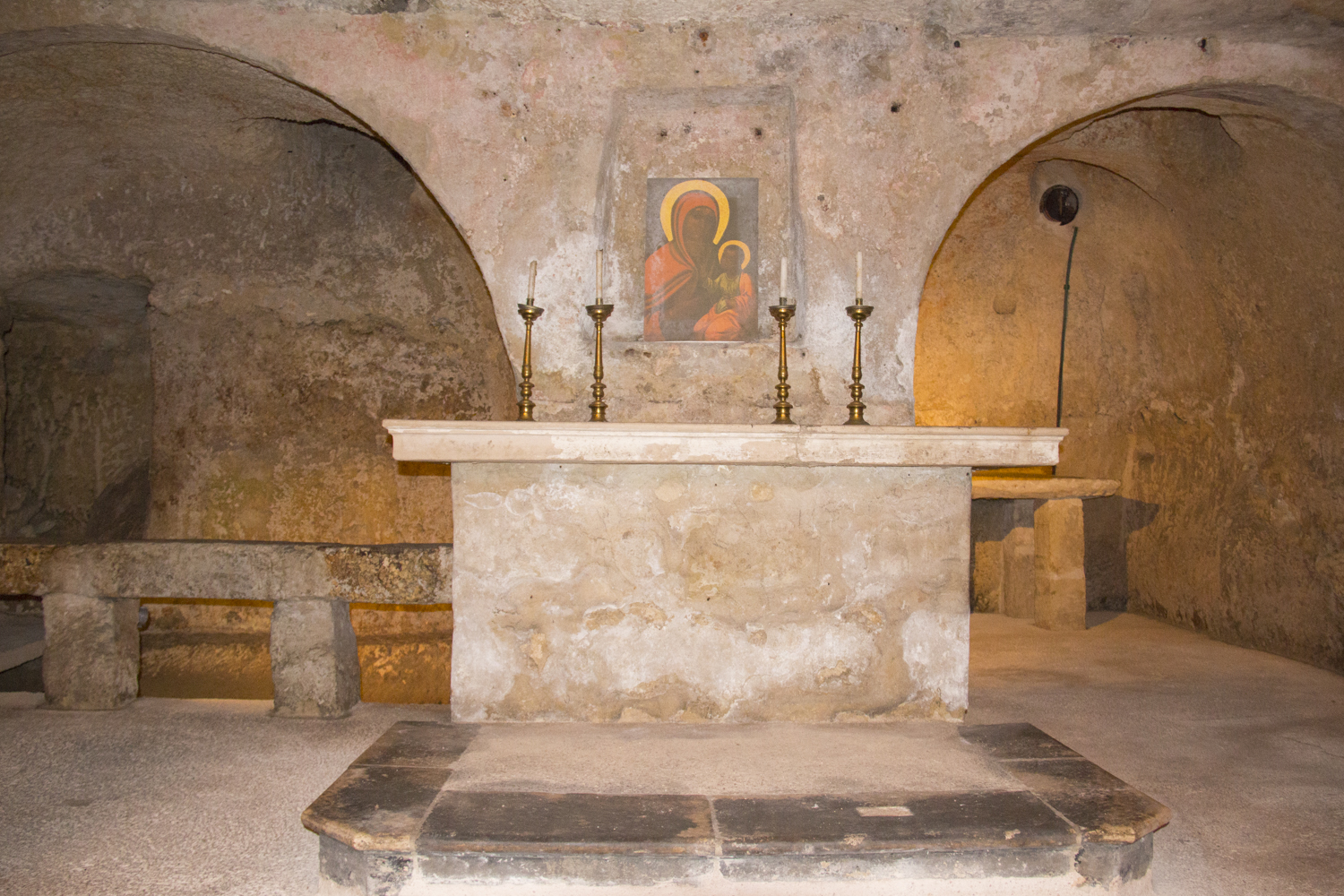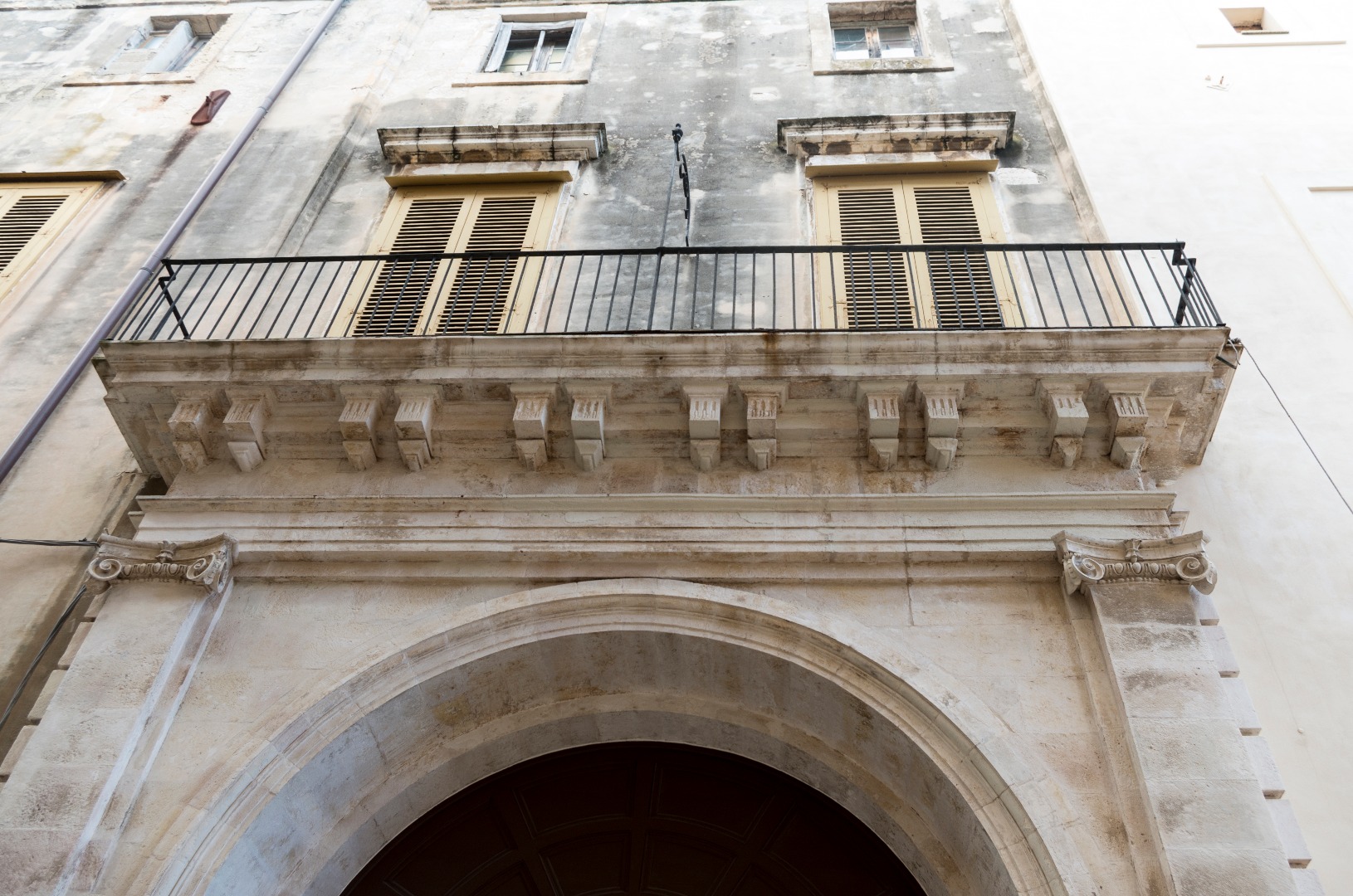Monopoli
is a town that represents one of the most active and populous ports in the region. The characteristic historic center of Messapian origin overlooks the sea surrounded by high walls. Characteristic of Monopoli, is that of being one of the few places in Italy where there are, in the heart of the city, wonderful coves with a crystalline sea.Cattedrale della Madia
one is fascinated by the elegant grandeur of the city's largest temple. The final project by the engineers Magarella of Molfetta and Colangiuli of Acquaviva was presented on 3 December 1741. The works were completed on 12 August 1772. The main façade is divided into two orders and is made plastic by the curvilinear profile and by two lateral volutes. dominated by flaming torches in gentle stone.
The surface is divided into three parts by semi-columns with composite capitals. In the first order there are three portals, of which the main one projects forward with two columns with rotated plinths that support an interrupted lunette. On the upper order an elegant window opens, which accompanies the gaze towards the top, in which the coat of arms of Mary with the letter A inscribed in the M stands. with an effect of pomp and grandeur.
The bulk of the episcopal palace overlooks the churchyard, dialoguing with the baroque geometries of the Cathedral, located in front of it. Florentine placed in the central chapel of the church before its Baroque rebuilding.
Santa Maria degli Amalfitani
the only religious building in the urban fabric bearing important Romanesque architectural and sculptural traces. Furthermore, the church, after the conversion to the Baroque style in the year 1772, was affected by the restoration of the original Romanesque made in the 1930s, on the initiative of Carlo Ceschi, in those years in the function of Superintendent to the Monuments of Puglia.
The crypt is preceded by a burial ground and consists of two
apses, while the two central pillars were belatedly inserted. Tradition has it that the creation of the underground environment is due to the initiative of some Amalfi merchants to devote the Virgin Mary following a narrow escape from a shipwreck.
Castello “Carlo V”
The building, completed in 1542 under the direction of the viceroy Don Ferrante Loffredo, develops its sixteenth-century fortress geometries. The complex is divided into three levels. From the north-east side you can access the platform floor, corresponding to the arms room, which consists of two large rooms with barrel vaults, of which the body longitudinal is lowered, to obtain a dormitory for the use of Spanish soldiers.
An imposing Roman gate and a stretch of Messapian walls are visible. Part of the 9th century church with a single hall called San Nicola in Pinna is incorporated into the castle. Excavation tests on the floor of the same have brought to light piling holes and finds attributable to the Bronze Age. The first floor has been modified by seventeenth-century interventions, when the castle also had a residential function.
Palazzo Palmieri
located in the Palmieri square of the same name. The grandeur of the main façade with scenographic elegance reflects the goals and prestige of the clients. In the lower part the rustication frames the perimeter. The portal is set on two Ionic columns on which rests an architrave with frieze and cornice. Above the entrance there is a noble coat of arms consisting of a shield on which three palm branches and two stars stand out.
On the ground floor there were stables for horses, halls for carriages and a haystack. The atrium allows you to reach the upper levels by means of a double staircase. On the main floor, the gallery is the most interesting frescoed room with a picturesque view of the external loggia; there were exhibited valuable works of art and archaeological finds. A hanging chapel rests on an arch that surmounts an alley.
On the top floor
the guest rooms were located. In 1921, by virtue of the will of the Marquis Francesco Saverio, the building was bequeathed to the Congregation of Charity, so that it was destined to house a kindergarten and a School of Arts and Crafts.
Enter your email and receive offers,
special discounts and promotions reserved for you.
[contact-form-7 404 "Not Found"]















